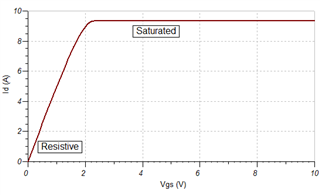I'm now designing a gate driver operating at high switching frequency for a relative large gate charge device. I noticed that the internal on-resistance of the driver leads to significant thermal effect. This thermal is supposed to be undertaken by external gate resistor, which is outside the IC and has more flexibility on thermal design. I feel confused why almost all gate driver ICs in the market have a relative large on-resistance (turn-on/turn-off), because in my understanding, the low voltage (<80V) MOSFET can be manufactured with tens of milliohms for RDS (on) easily. Could you please tell me which aspect determines this feature? I can only guess possible reasons as following:
1. Cost Consideration? The relative large RDS (on) MOSFET is much cheaper than lower one, and the internal RDS (on) does not cause significant thermal issues for most applications.
2. Area of die? The large RDS (on) can cause an unacceptable large area of the die or it is unnecessary to waste area on this feature given that gate driver application?
3. Reliability? The large RDS (on) can bring better reliability on EMC or fault protection or other aspects?
4. Easy to use? In some cases, the external gate resistor is not needed, the relative large resistance can provide a basic gate resistance value for potential resonant damping.
Thank you for answering this question! Could you please share any link talking about this issue if available?


